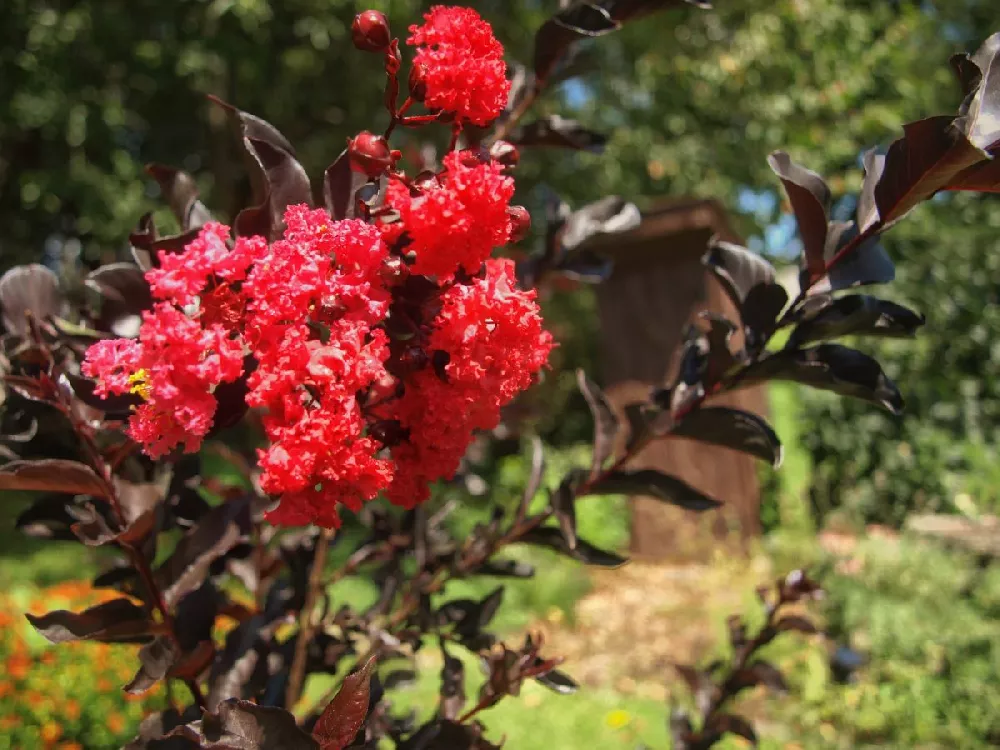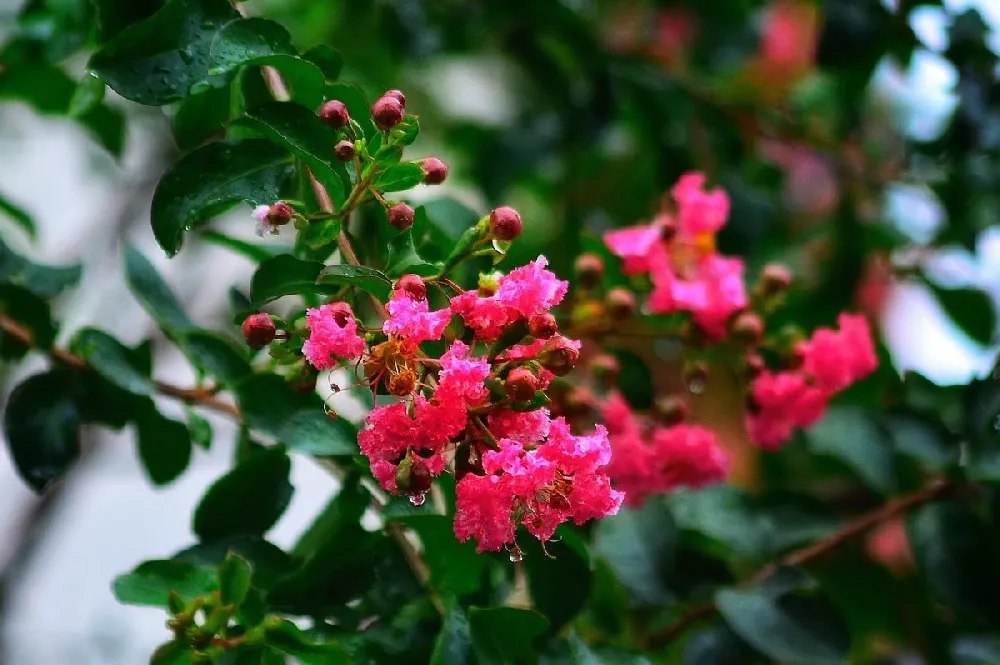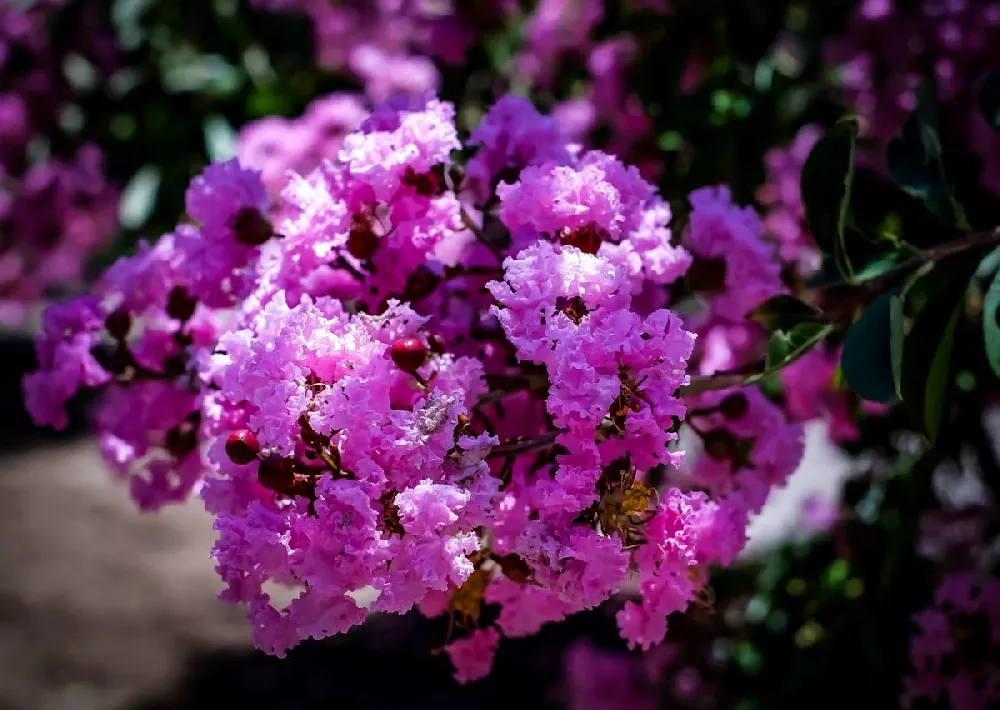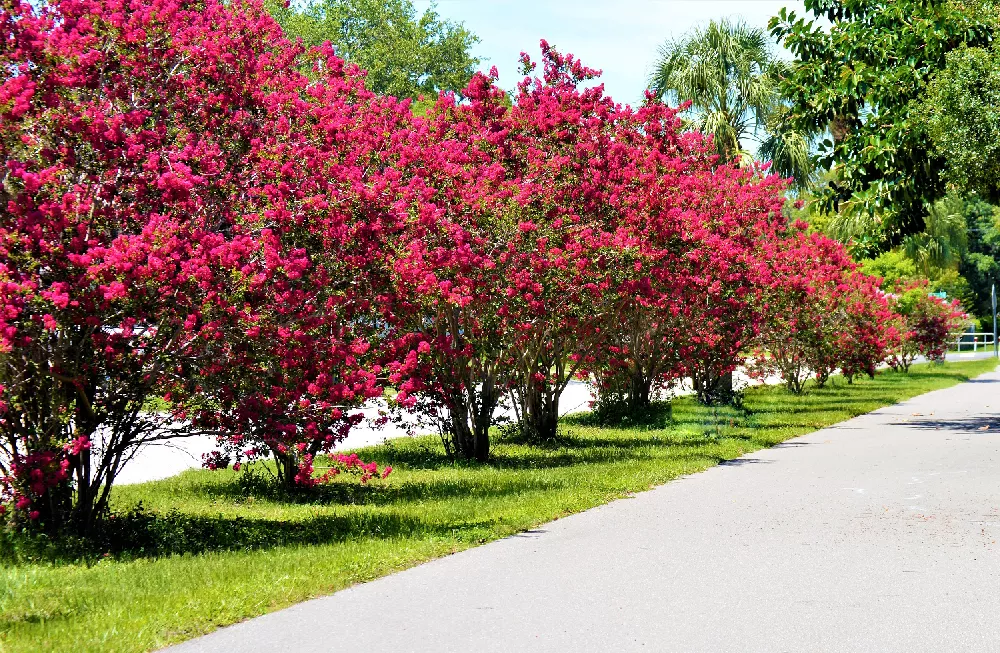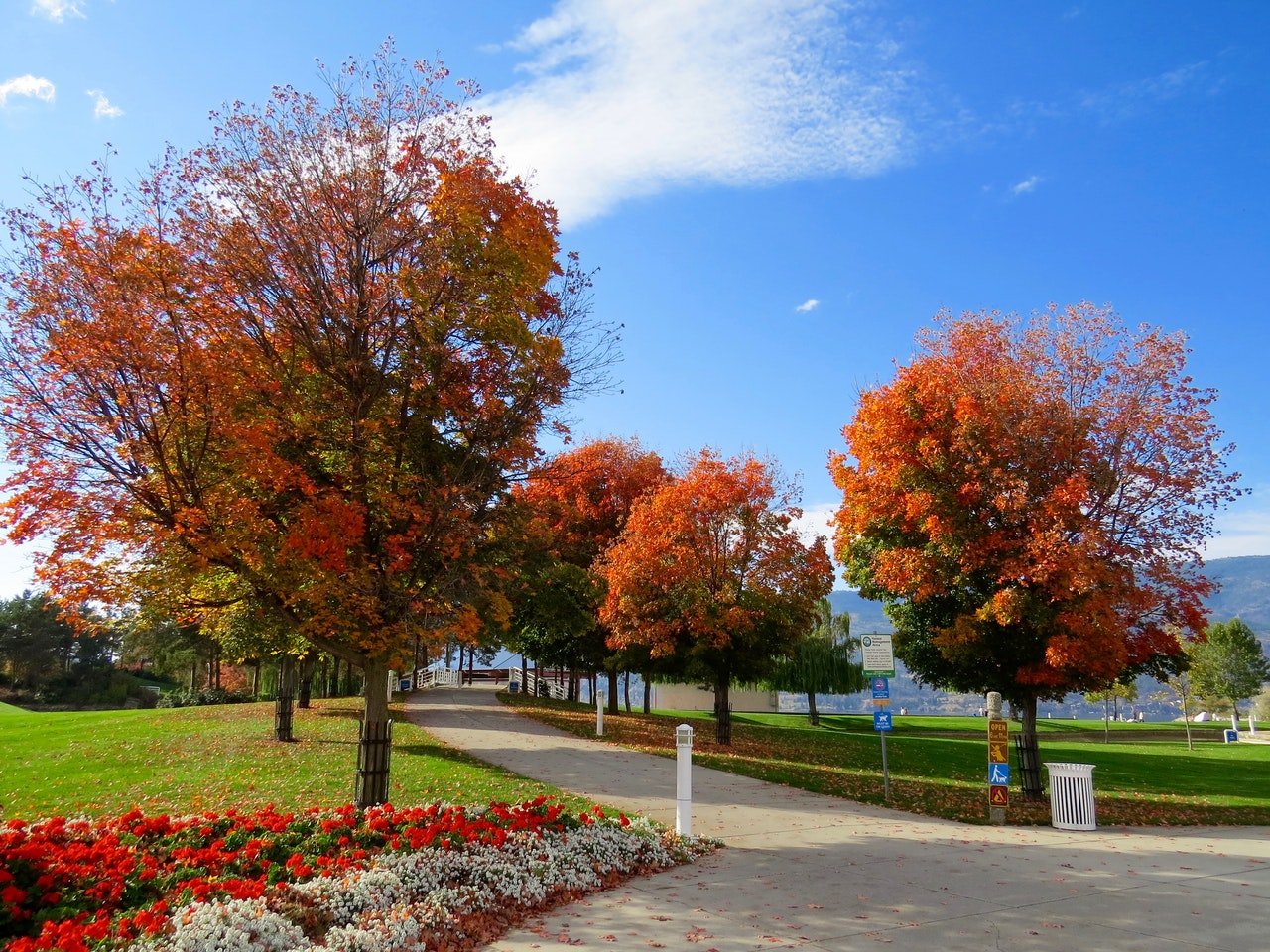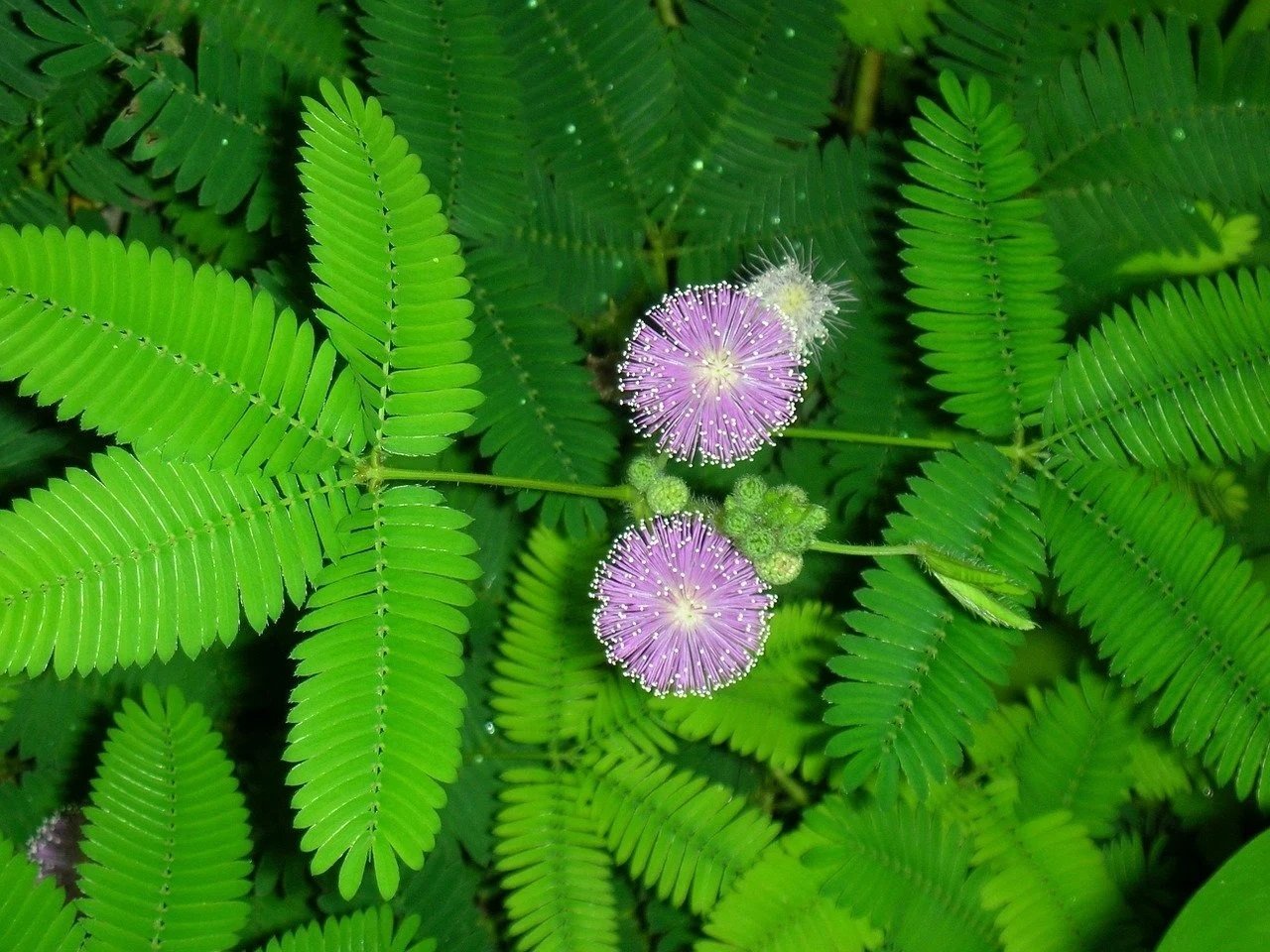- Home >
- Crape Myrtle Trees
Crape Myrtle Trees for Sale - Buying & Growing Guide
Filters
Price Range
Growing Zones
Plant Type
Flower Color
Sunlight
Mature Height
Plant Characteristics
27 Results
-
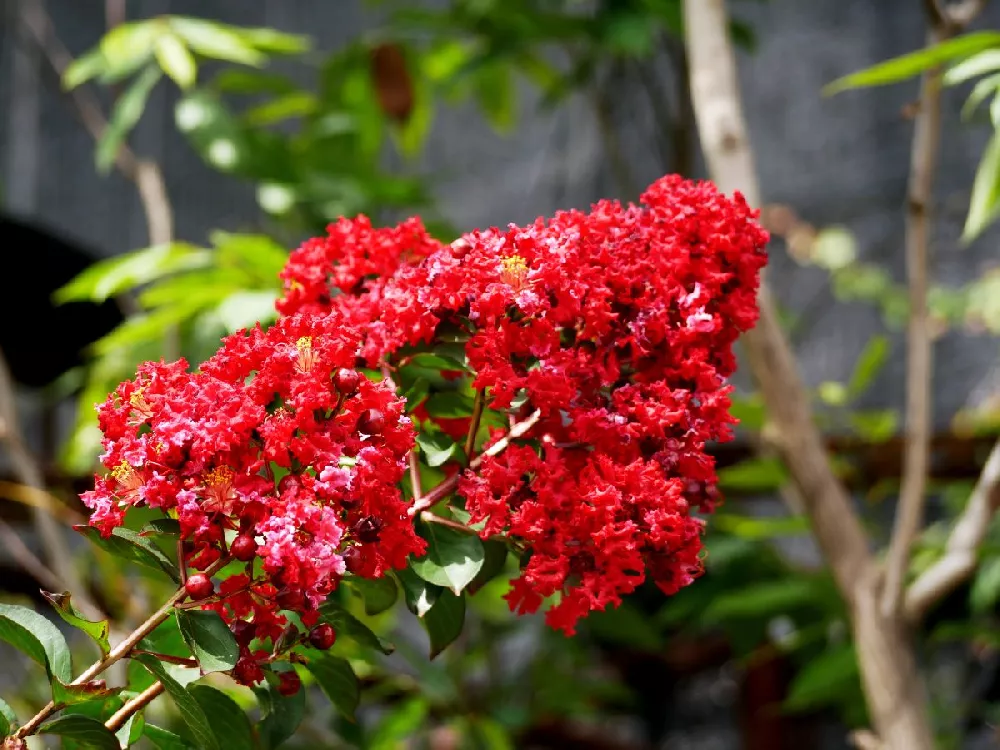 Growing Zone(s): 6-10$99.95
Growing Zone(s): 6-10$99.95$139.95Save up to 28% -
 Growing Zone(s): source$99.95
Growing Zone(s): source$99.95 -
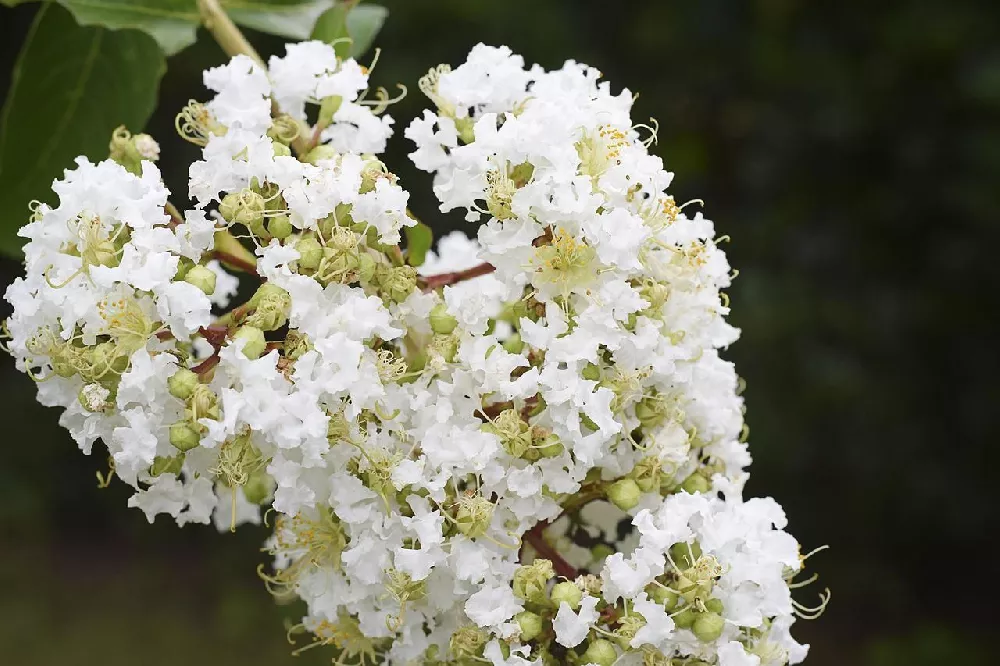 Growing Zone(s): 7-10$35.95
Growing Zone(s): 7-10$35.95$39.95Save up to 10% -
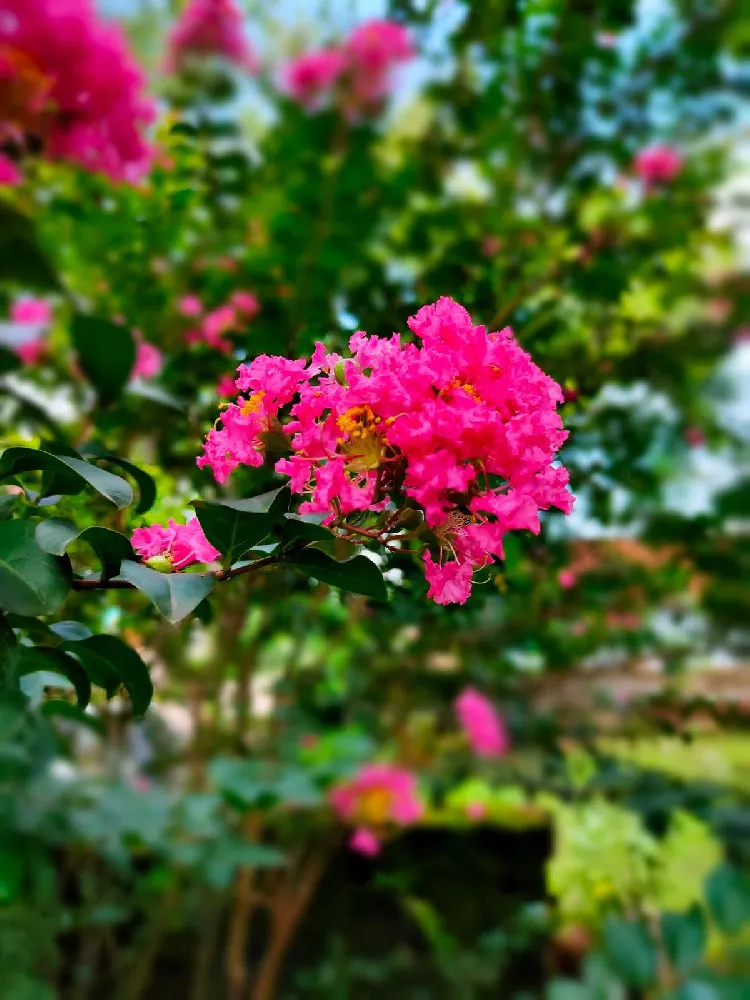 Growing Zone(s): 6-9$48.95
Growing Zone(s): 6-9$48.95$76.95Save up to 36% -
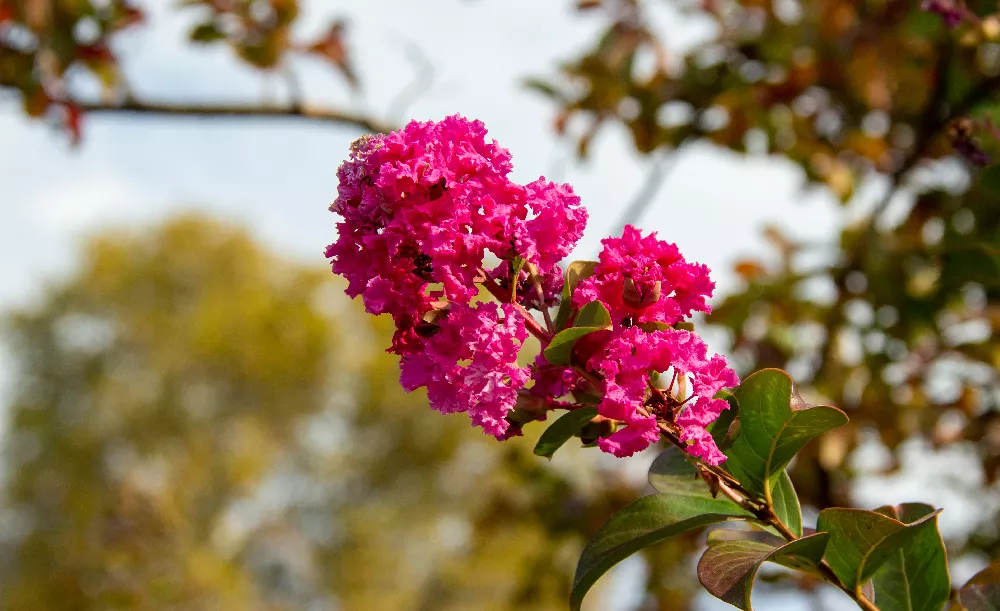 Growing Zone(s): 6-10$88.95
Growing Zone(s): 6-10$88.95$93.95Save up to 5% -
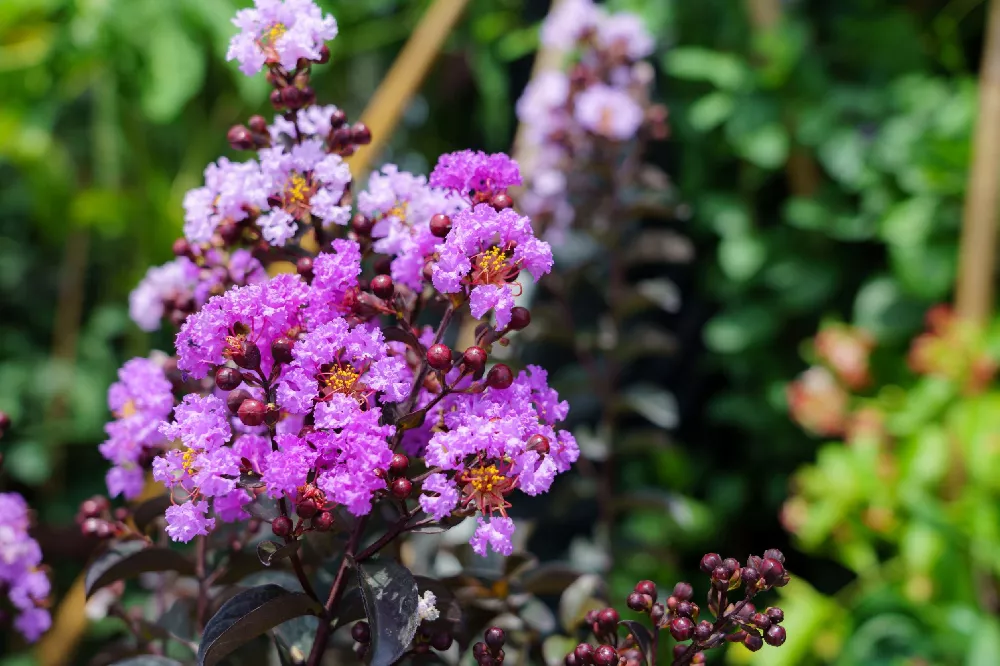 Growing Zone(s): 6-10$99.95
Growing Zone(s): 6-10$99.95$119.95Save up to 16% -
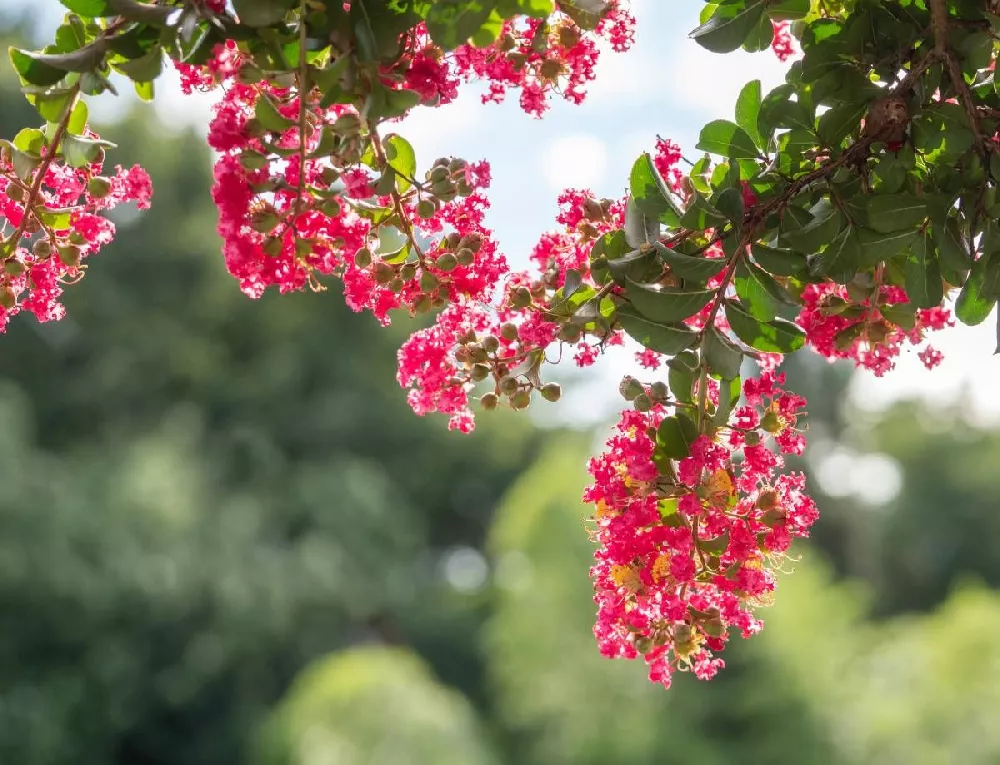 Growing Zone(s): 6-9$134.95
Growing Zone(s): 6-9$134.95$169.95Save up to 20% -
Sold Out
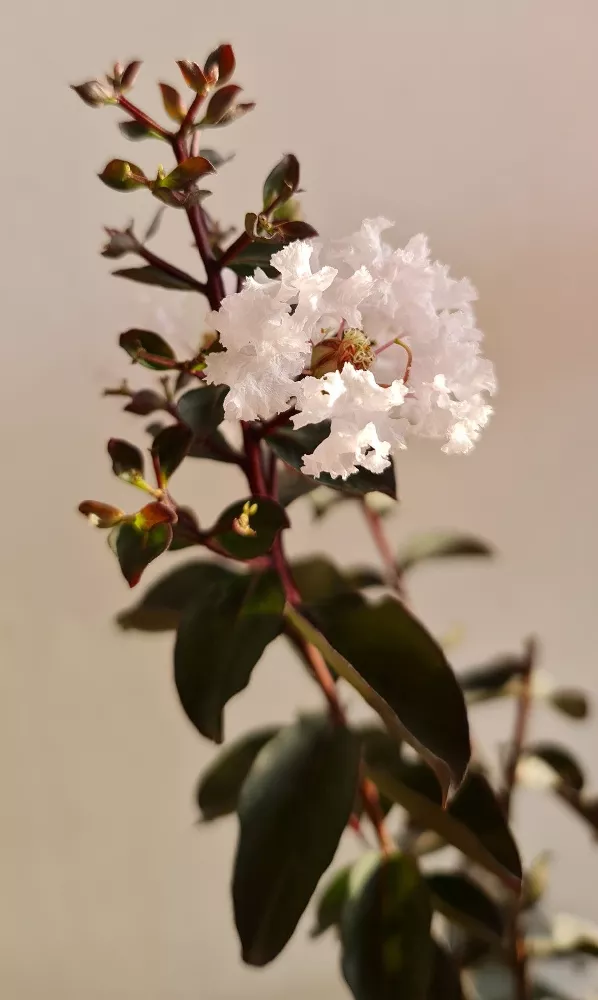 Growing Zone(s): 6-10$83.95
Growing Zone(s): 6-10$83.95 -
Sold OutGrowing Zone(s): 6-10$114.95
-
Sold OutGrowing Zone(s): 6-10$78.95
-
Sold OutGrowing Zone(s): 6-10$78.95
-
Sold OutGrowing Zone(s): 7-9$25.95
Crape Myrtle Trees – Buying & Growing Guide
Crape myrtles are cold-hardy to USDA Hardiness Zone 7 (or sometimes 6, depending on the cultivar), and they thrive in the long summers and warm temperatures of the southern United States. Your cape myrtle benefits from full sun, good air flow, and well-drained soil. Learn more about where to find crape myrtle trees and how to grow them to their fullest potential.
How to Grow Crape Myrtle Trees
How to plant crape myrtle trees
Dig a hole for your tree that’s several times the diameter of the pot or root ball, and as deep. Tease out or prune any roots on the tree that are encircling the root ball to avoid them girdling the tree after it’s planted.
Place the plant in the hole with the juncture where the roots meet the trunk level with the ground. Refill the hole with soil, and water deeply. For the first few months after planting, water the tree every week unless you have a good rainfall.
Apply a mulch of organic matter such as leaves or bark around the tree out to about three feet from the trunk. Don’t heap up the mulch around the trunk, however, as this can result in rotting or may encourage animals to nest.
How to achieve maximum results
Achieving maximum results for your crape myrtle is a matter of giving it great lighting conditions and regular nutrients and watering. Don’t plant it too close to a house or other structure that might shade it — crape myrtles love the sun, and need at least eight hours a day to thrive.
Crape myrtles are not overly fussy, and will flower best with only a light pruning. They have distinct needs for fertilizing: too much high-nitrogen fertilizer and too little phosphorus will both keep your crape myrtle from blooming.
How to Care for Crape Myrtle Trees
Watering and nutrients
Once established, crape myrtles need about one inch of water a week. Keep the area around the trunk free of weeds so that they don’t compete for nutrients or water. A single, deep watering is better than several shallow waterings, as it encourages roots to dig deep into the soil.
A light dressing with a balanced fertilizer, such as 8-8-8, in the spring will help increase summer growth and flowering. Avoid using a heavy hand with the fertilizer. This will give you lots of growth, but fewer flowers.
Pollination
Crape myrtles are self-fertile, with each tree having male and female characteristics. Cross fertilization, though, does generally result in more seed pods. The main pollinators for crape myrtles are beneficial insects such as bees or wasps.
Pruning
Many people cut their crape myrtles back to the ground each year but this practice can result in a scrawny growth habit. Prune for height and to remove dead or crossed branches in the late winter or early spring, before the plant starts its spring growth spurt. Remove all suckers from the base of the plant whenever they occur. You can also remove lower branches if you’d like the tree to form a single trunk.
Pests, diseases, and animals
Crape myrtle aphids are a common pest. To avoid them, plant a resistant variety like “Natchez” or “Osage.” Ladybugs and green lacewings feed on the aphids, so encourage these beneficial insects to visit your garden frequently. Japanese beetles can also be a problem, and these should be picked off by hand or controlled with traps.
Crape myrtle’s nemesis is powdery mildew, which is caused by a fungus. If your tree has white or grey powdery growth on leaves or flowers, powdery mildew is probably the culprit. Plant mildew-resistant varieties such as “Apalachee and “Fantasy” to avoid the problem, and make sure you’re planting the tree where it gets good sun and air circulation. A fungicide spray will also help eradicate it.
Although no plant is deer proof, deer generally avoid crape myrtles, as do smaller animals like mice and rabbits. If you do find teeth mark on the bark, a trunk collar or burlap wrap around the base may help.
